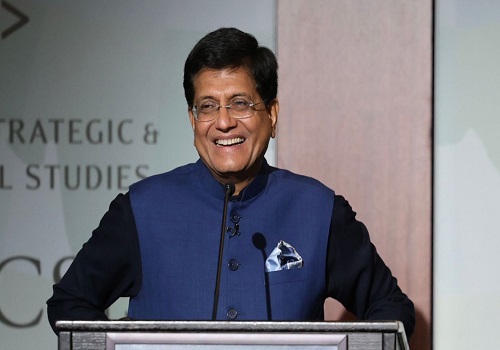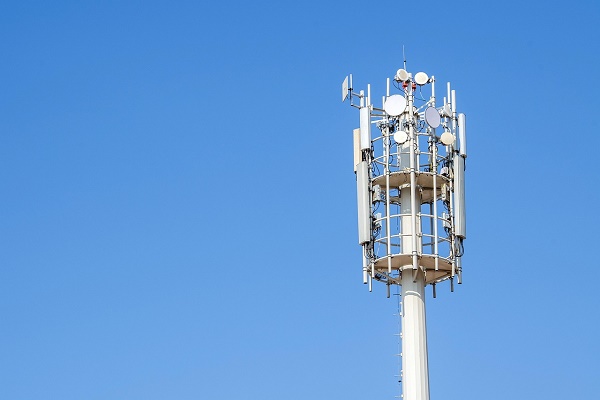View On RBI Monetary Policy By Mr. Shivaji Thapliyal, Yes Securities
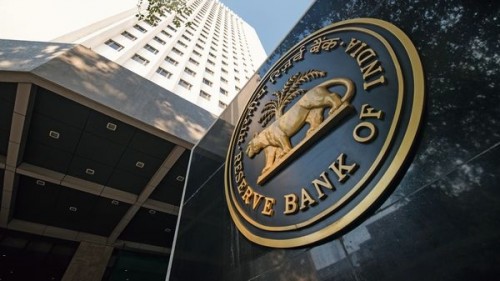
Pre-sanctioned credit lines at banks through the UPI – Our take + Takeaways on the RBI’s Policy Rate decision
Views of Mr. Shivaji Thapliyal, Head of Research and Lead Analyst
* It is proposed to permit pre-sanctioned credit lines at banks through the UPI.
Potential impact / Our comments: UPI has grown to become an extremely popular form factor for retail digital payments and its reach has seen an unprecedented rise on both the issuer and acquirer side.
Allowing pre-sanctioned credit lines from banks opens up a new avenue of monetizing the UPI platform. Banks will now be able to offer credit products and, essentially, mimic credit card offerings from a credit perspective, without actually issuing a physical credit card or requiring bulky and expensive physical acceptance infrastructure such as POS / swipe machines.
While credit cards had earlier been allowed on UPI rails, it was done so only for the RuPay settlement system, which is not in vogue for private sector banks. Since most of the credit cards issued by private sector banks were on the Visa and Mastercard settlement systems, allowance of RuPay credit cards did not move the needle for private sector banks. However, with pre-sanctioned credit lines now proposed to be allowed, private sector banks can now simply offer credit card-like products to anyone who has a UPI relationship with the bank and at any merchant that has a lightweight and low-cost QR code or other acceptance infrastructure and, also, for online merchants.
We also note that the announcement refers to “pre-sanctioned” credit lines, which seems to imply “pre-approved” credit, which is essentially credit that banks would have approved for customers based on data analytics carried out on internal deposit customers. However, this may also include non-customers whose credit bureau and other information may have been analysed by the banks.
Prima facie, we think that private sector banks would target both internal liability customers and new-to-bank customers. New-to-bank customers could be the ones which are using a given bank’s app as the interface to carry out UPI transactions from another bank’s deposit account.
The wording of the announcement does not include NBFCs and, hence, this does not open up an avenue for NBFCs to have a backdoor entry into the credit card or credit card-like retail credit market.
Policy rate
* The monetary policy committee (MPC) unanimously decided to keep the policy repo rate unchanged at 6.5%, with readiness to act, if required.
* The SDF remains unchanged at 6.25% whereas the MSF and Bank Rate also remained unchanged at 6.75%.
* The decision to pause is for this MPC meeting only.
Policy stance
* The MPC voted with a majority of 5 out of 6 members to keep the policy stance focused on withdrawal of accommodation.
Rationale
* The RBI notes that CPI inflation has increased since December 2022 and core inflation remains elevated.
* At the same time, headline inflation is expected to moderate in FY24.
* The policy rate has been kept unchanged to assess the cumulative impact of steps taken so far.
* The “soft landing” narrative has changed in March due to bank failures in the advanced economies and contagion risk creating downside risk to global economic activity.
Cumulative rate hike
* The RBI has increased policy rate by 250 bps in the last 11 months.
* The SDF had been introduced at a rate 40 bps higher than the fixed rate reverse repo rate and hence, the effective rake hike has been 290 bps during this period.
* The daily average of the overnight weighted average call money rate has risen from 3.32% in March 2022 to 6.52% in March 2023.
GDP growth and outlook
Real GDP growth has been 7% in FY23.
GDP forecast
* In FY24, the real GDP growth has been projected to be 6.5%, with risks evenly balanced.
* The real GDP growth for 1Q, 2Q, 3Q and 4Q in FY24 is expected to be 7.8%, 6.2%, 6.1% and 5.9%, respectively.
Inflation outlook
Softening inflation in November-December 2022 proved to be transitory and the CPI inflation reading in February 2023 was 6.4%.
* At the same time, there is supply side intervention by the government and global commodity prices have eased from a year ago, easing cost pressure to some extent.
Inflation forecast
* Inflation forecast for FY24 is projected to be 5.2%, with risks evenly balanced.
* The real GDP growth for 1Q, 2Q, 3Q and 4Q in FY24 is expected to be 5.1%, 5.4%, 5.4% and 5.2%, respectively.
Cautionary comments
* Climatic conditions pose a risk to inflation and there has also been a sudden announcement of OPEC output cut.
* The overall inflation outlook remains dynamic and disinflation is likely to be gradual, given the behaviour of core inflation.
* The war against inflation has to continue till a durable decline in inflation is seen closer to its target.
Above views are of the author and not of the website kindly read disclaimer


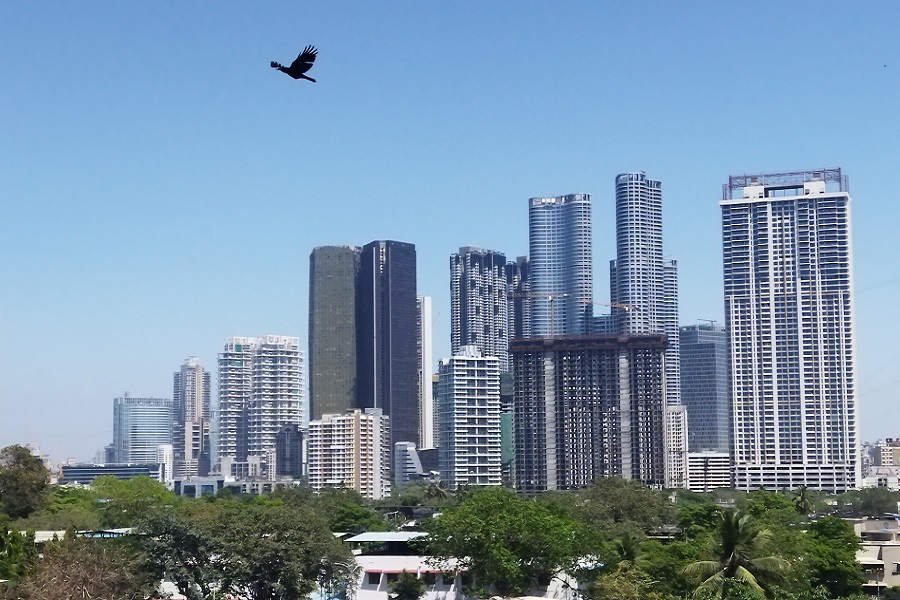

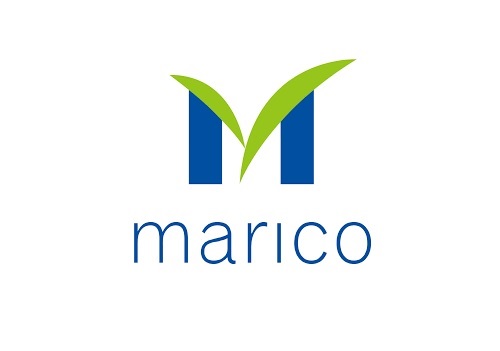




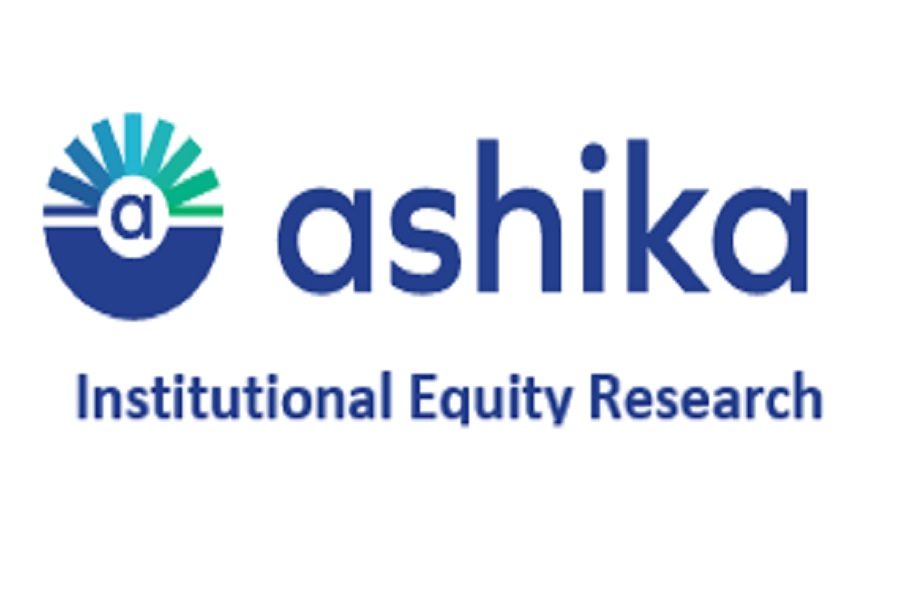
More News

Perspective on US CPI: Soft print, but Fed to remain on the sidelines by Ms. Madhavi Arora, ...







